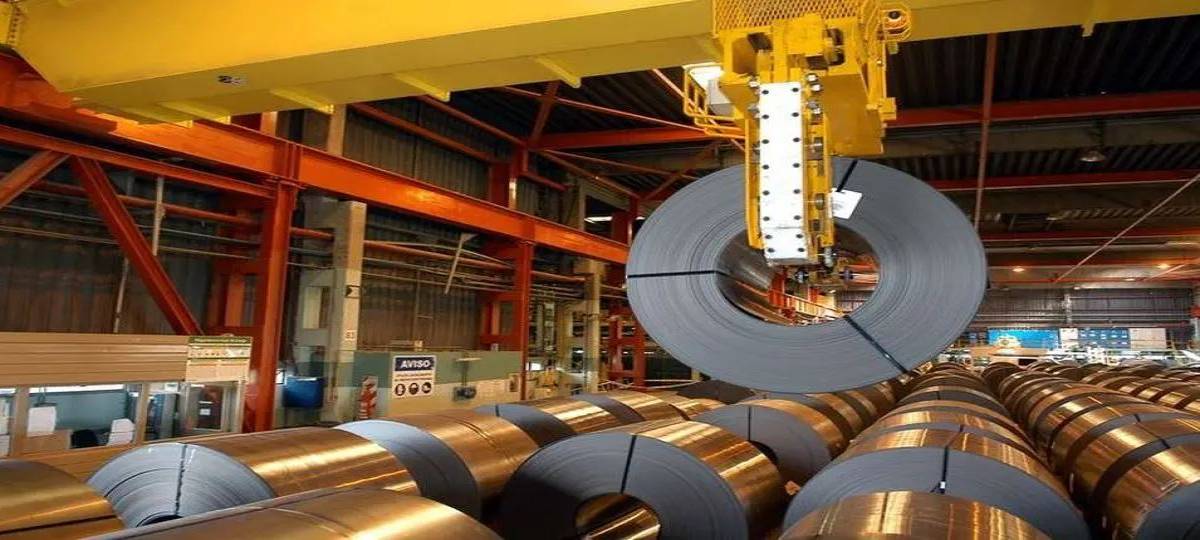2949 Views
Trump’s 50% Tariff Gamble: Economic Suicide or Geopolitical Bluff?
In yet another unpredictable move, the U.S. president announced during a rally at the American Steel Works in West Mifflin, Pennsylvania, that tariffs on steel and aluminum imports would surge from 25% to 50%, effective June 2025. The stated goal is to shield domestic steel and aluminum industries from foreign competition—particularly China—and bolster jobs in these sectors. Trump emphasized that the tariffs would apply not only to steel but also to aluminum products to prevent foreign producers from circumventing trade restrictions.
Allies React: Backlash from Canada and Australia
The decision immediately triggered fierce backlash from long-standing U.S. allies. In Canada, industry groups and officials warned that the 50% tariff would cause "massive disruption" to North America’s steel supply chain. The Canadian Steel Producers Association declared it would effectively shut Canadian manufacturers out of the U.S. market, with "irreversible consequences" for both nations. Even Canadian labor unions condemned the policy as a "direct attack on Canadian miners and steelworkers," calling it a betrayal of bilateral trade cooperation.
Australia’s Trade Minister, Dan Tehan, labeled Trump’s move "unjustifiable" and "unbecoming of a friend," noting that Australia barely exports steel to the U.S. and that the tariffs reek of political hostility. Australian officials stressed the breach of mutual commitments and the potential long-term damage to trade relations.
Domestic Fallout: Higher Prices, Inflation, and Industrial Strain
Economists and industry analysts warn that the 50% tariff hike will sharply inflate domestic steel and aluminum prices, cascading into downstream industries like automotive, construction, and aerospace. Historical data shows previous tariff spikes raised car prices by thousands of dollars; with rates now doubling, experts predict further price surges, reduced demand, and squeezed profit margins.
The construction sector faces soaring costs for structural steel, roofing, and bridges, likely delaying or canceling projects and triggering job losses. Appliances and electronics manufacturers will also hike prices, fueling inflation and eroding American consumers’ purchasing power. Even aerospace and precision machinery industries—historically hit by retaliatory tariffs—could face fresh export barriers from the EU, Canada, and Japan, further straining U.S. production and employment.
The Impact of These Tariffs Extends Even to Industries Like Aerospace and Precision Machinery.
In the past, retaliatory measures by countries included imposing tariffs on aircraft components. Now, with tariffs rising to 50%, major trade partners such as the European Union, Canada, and Japan are likely to impose new tariffs on sensitive U.S. exports. This could lead to reduced exports and increased pressure on domestic production and employment in the U.S. Analysts believe that, rather than protecting domestic producers, these tariff hikes will ultimately drive up prices, reduce corporate competitiveness, and even force some production lines to shut down.
Global Trade Tensions and the Risk of a Trade War
Experts warn that the recent decision to raise tariffs could usher in a new chapter of global trade wars. Simultaneously, U.S. President Donald Trump has accused China of "violating agreements on strategic minerals" and hinted at expanding punitive policies. Analysts believe that escalating hostilities against China and imposing tariffs on allies will pave the way for broader disruptions in global supply chains.
The 2018 tariff war with China demonstrated that such measures lead to reciprocal tariffs on agricultural products, automobiles, and technology. Now, the sudden increase in steel and aluminum tariffs to 50% could trigger similar or even harsher retaliatory measures from Europe, Canada, and other U.S. trade partners. This will not only deepen distrust in the global supply-demand cycle but also discourage investors regarding long-term economic stability. Multinational corporations may turn to alternative markets for raw materials or relocate to countries with lower tariffs, ultimately reducing efficiency, slowing growth, and increasing costs in the global economy.
Conclusion: A Self-Defeating Strategy?
While framed as protectionism, the 50% tariffs threaten to backfire. Domestic industries (like automakers and builders) will bear higher costs, inflation will rise, and allies may retaliate with targeted tariffs on U.S. exports. Canada and Australia already view this as a breach of free-trade principles, risking broader economic fractures. Analysts agree: this policy risks supply-chain chaos, reduced exports, and a full-blown trade war that harms American producers and consumers alike—while destabilizing the global economic order.
*Translated by Ashraf Hemmati from the original Persian article written by Mohammad Mahdi Esmael Khanian

Comment
Post a comment for this article